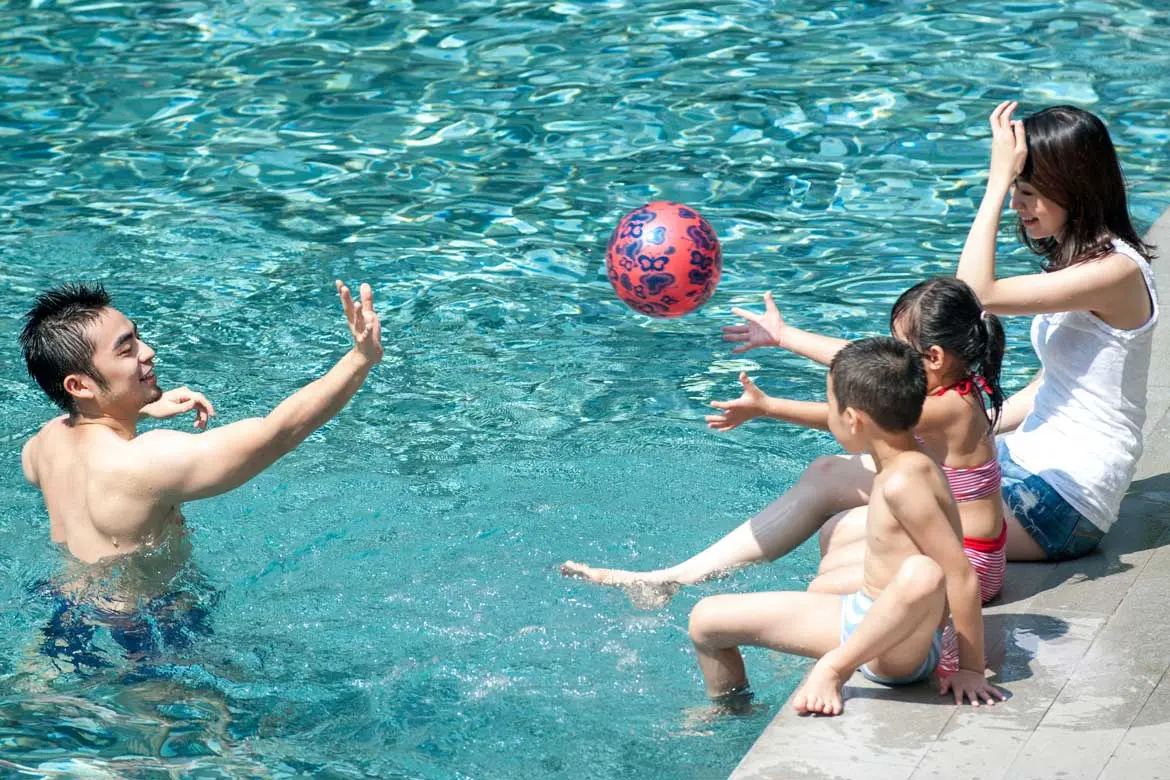Dr Chin Chao-Wu David
Otorhinolaryngologist


Source: Shutterstock
Otorhinolaryngologist
Drowning is a type of suffocation induced by submersion or immersion in water. When someone is drowning, the airway (larynx) can spasm and close, or water can damage the lungs and keep them from taking in oxygen. In both cases, the lungs are unable to supply oxygen to the body, causing it to shut down.
Death can occur due to complications following an initial drowning. This reaction can happen up to 3 days after the initial drowning incident, which means a rescued drowning victim may appear fine at first but starts to have trouble breathing hours later.
Children are among those who are most at risk of drowning. Statistics show that globally, the highest drowning rates are among children between 1 – 4 years old, followed by children between 5 – 9 years old.
Drowning is a leading cause of death in children of ages 1 – 14. However, rescued drowning victims risk developing 2 serious and life-threatening complications:
Also known as dry drowning, which occurs after your child takes in water through their nose or mouth. This triggers laryngospasm, a condition that causes the vocal cords to close over the windpipe to prevent water from entering the lungs. This involuntary reflex can continue even out of water, causing breathing difficulties in mild cases and may restrict oxygen to the lungs in severe cases.
Pulmonary oedema, or secondary drowning, which occurs when a child inhales water into their lungs, even a small amount of water (6 tablespoons of water for children). When the water enters your child's lungs, it causes inflammation and irritation, making it difficult for your child to breathe. In an attempt to protect the lungs, your child's body will send fluids into the lungs. This only worsens the condition and can lead to cardiac arrest or death. This condition can occur up to 3 days after the initial water incident.
It is important to monitor your child for up to 3 days following a near drowning incident and seek immediate medical care if any of the following warning signs appear:
Though symptoms of post-immersion syndrome typically go away on their own with time, it is important to get your child checked by a doctor. Any problems that develop are usually treatable if your child receives prompt medical care within 24 hours.
In the rare case that your child's symptoms do not go away, or if they worsen, take your child to the Urgent Care Centre (UCC) for emergency medical care. Once there, a doctor will order a chest x-ray and IV and your child will be admitted for observation. In severe cases, your child may need to use a breathing tube to assist in getting oxygen into the lungs.
Begin by performing CPR on your child (if you're trained), while getting someone else to call for an emergency ambulance. Once your child is in appropriate medical care, doctors will administer oxygen into your child's lungs and use diuretics to remove fluid from the lungs.
It is vital that you seek emergency medical care as soon as possible. If you ignore the symptoms or wait just a little too long before seeking treatment, secondary drowning can be fatal.
As with most medical complications, prevention is key. Encourage safe practices when in water by enforcing water rules for your child. Consider enrolling your child in swimming lessons at an early age to help them grow to be confident in and around water.
Some other key tips include:
During a medical emergency in Singapore, you can also call +65 6473 2222 for an ambulance that will transport you to the nearest hospital or a hospital of your choice. Learn more about Parkway Emergency services.